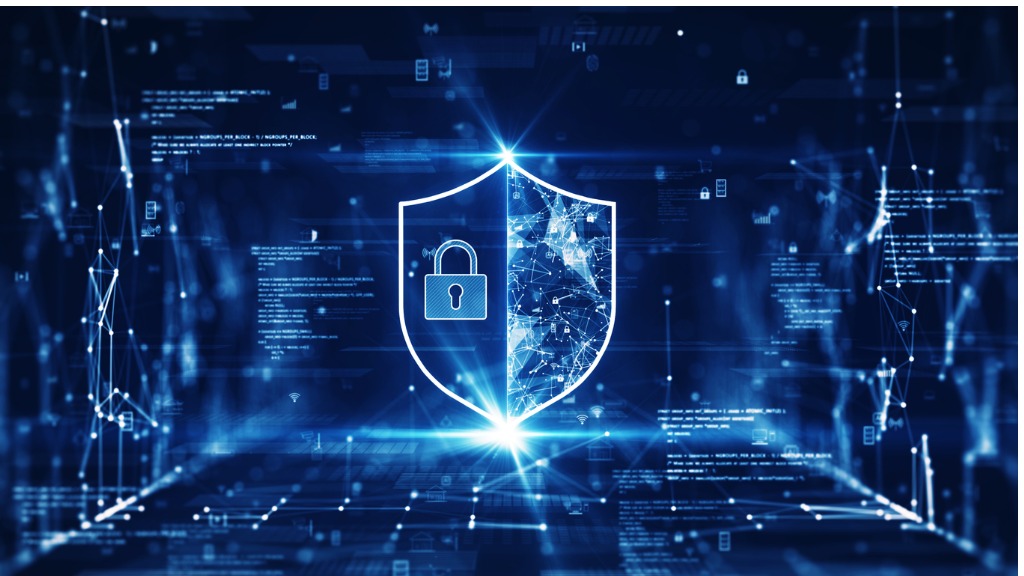Ransomware is a type of malicious software that encrypts files on a device or network, making them unusable until the victim pays the attacker a ransom. What started as a simple virus spread through floppy discs in the late 1980s has now evolved into a billion-dollar cybercrime industry.
Even with new security measures in place, ransomware groups are constantly evolving to adapt to them and launching new ways to extort victims. As long as these gangs successfully get businesses to pay up, attacks will only continue to increase and expand.
Luckily, there’s good news. With proper preparations, you can minimize the risk of a ransomware attack and mitigate the impacts if an attack does occur. In this blog, we’ll explore the best defense against ransomware and provide you with practical steps you can take to start protecting your business today.
Best practices and precautions
To protect against ransomware, the Cybersecurity and Infrastructure Security Agency (CISA) recommends the following precautions:
Regularly update software and operating systems with the latest patches.
One of the simplest yet most effective measures against ransomware is regularly updating your software and operating systems with the latest patches since cybercriminals often target outdated applications and systems.
Keeping your systems up to date ensures security gaps and vulnerabilities are patched, making it much harder for attackers to find a way in.
Never click on links or open attachments in unsolicited emails.
Phishing emails are a common tactic used by cybercriminals to trick users into clicking on malicious links or downloading infected attachments. It’s essential to verify the sender and email content before clicking links or downloading files. If you ever receive an email from an unknown sender or a source you don’t recognize, it’s best to delete it immediately and warn your colleagues.
Back up data regularly on a separate device and store it offline.
Regularly backing up your data is an essential precaution to minimize the risk of data loss due to ransomware. Keeping a copy of your data on a separate device and storing it offline will help you recover your data after a ransomware attack. It’s also crucial to test your backup system regularly to ensure the data can be restored when needed.
Follow safe practices when using devices that connect to the internet.
Safe practices when using devices that connect to the internet include:
- Avoiding public Wi-Fi networks
- Not downloading files from untrusted sources
- Ensuring your firewall is turned on
You should also ensure that your device has up-to-date antivirus software installed and that you use a secure web browser.
In addition to these measures, there are several other best practices that you can adopt to protect against ransomware:
Anti-phishing and email security protocols and tools: These can include email filters that can help block malicious emails before they reach your inbox.
Security awareness training: Regular security awareness training can help educate your employees to identify and avoid phishing emails and other common cyberthreats.
Vulnerability scanning: Routine scanning can help identify vulnerabilities in your systems and applications before attackers can exploit them.
Automated patch management: Automating patch management eliminates the need for manual checks for outdated software/systems, saving time and ensuring your systems are consistently up to date and secure.
Endpoint detection and response (EDR): EDR focuses on monitoring endpoints, such as desktops, laptops and mobile devices, for suspicious activity and responding to any detected threats.
Network monitoring: This involves monitoring your network for suspicious activity and responding to any detected threats.
Network segmentation: Segmentation means dividing your network into smaller, more secure segments to limit the spread of malware in the event of an attack.
Identity and access management (IAM): IAM helps manage user access to your systems and applications, ensuring users only have the access they need to perform their roles.
Strong password policies and good password hygiene: This involves implementing password policies that require users to create strong, unique passwords and regularly change them.
Partner to succeed
By partnering with an experienced IT service provider like us, you can have the peace of mind that comes with knowing that you have a team of cybersecurity experts on your side keeping your data safe. We can help you implement and maintain best practices, tools and technologies to protect your business against ransomware. So, why wait longer? Contact us today and let’s start securing your business against attacks.


Recent Comments